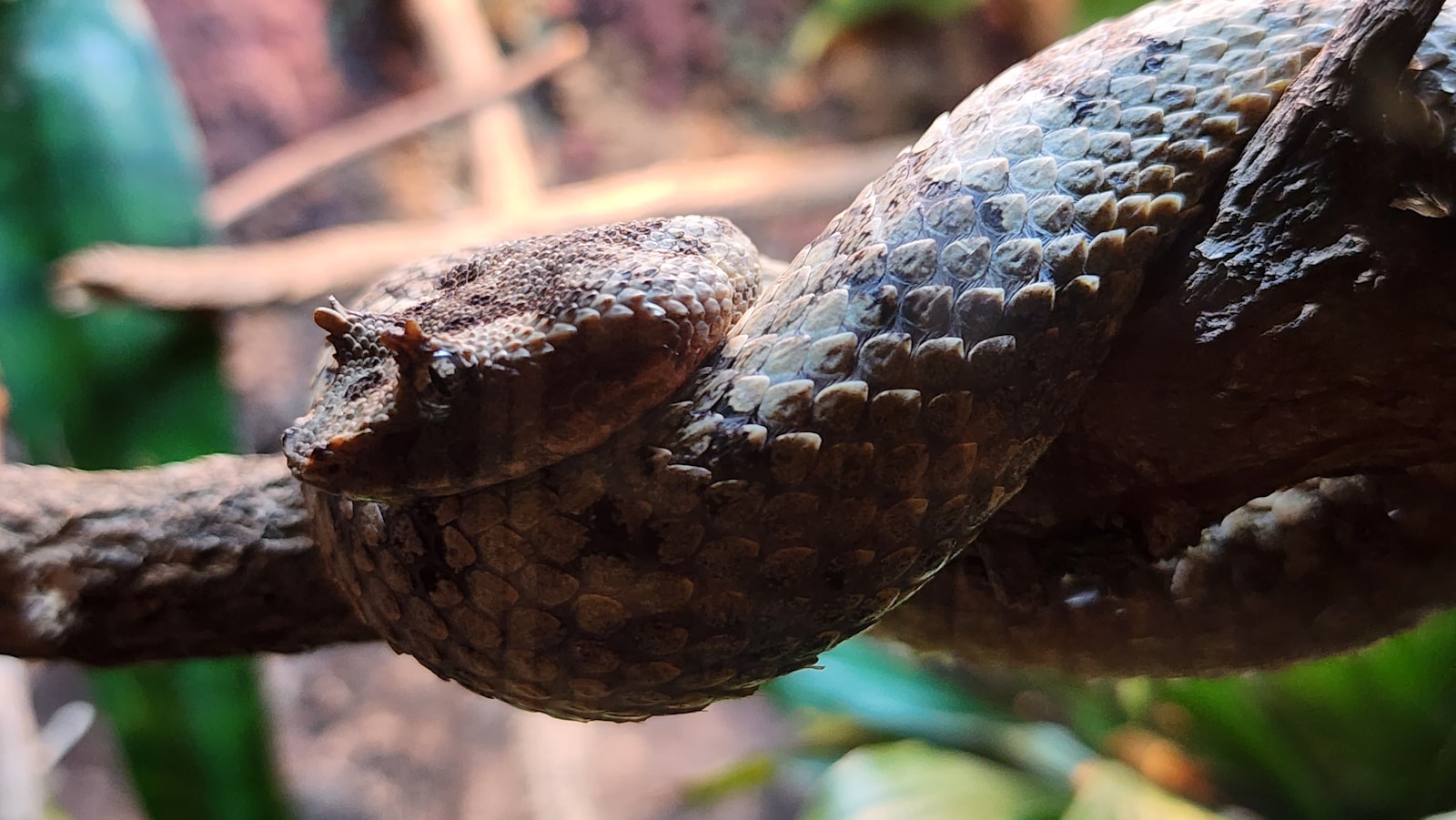Climate change is reshaping our natural world in countless ways, and snake populations are experiencing these effects firsthand. As global temperatures rise and weather patterns become increasingly unpredictable, snake species around the world are facing significant disruptions to their traditional habitats. These cold-blooded reptiles are particularly sensitive to environmental changes, making them important indicators of ecological shifts. From altered breeding cycles to expanding territories and new encounters with humans, the relationship between climate change and snake habitats represents a complex and evolving story of adaptation, challenges, and potential consequences for both serpents and the ecosystems they inhabit.
The Thermal Biology of Snakes and Climate Vulnerability

Snakes, as ectothermic creatures, rely entirely on their environment to regulate their body temperature, making them especially vulnerable to climate fluctuations. Unlike mammals, they cannot generate their own body heat, instead depending on external warmth from the sun or warm surfaces to maintain optimal body functions. This fundamental aspect of snake biology means that even small temperature changes can significantly impact their activity patterns, feeding behavior, and reproductive success. Research shows that many snake species operate within relatively narrow thermal ranges, with some having optimal performance temperatures that span just a few degrees. As climate change pushes environmental temperatures beyond these preferred ranges, snakes face physiological stress that can affect everything from their metabolic rates to their immune systems, creating cascading effects throughout their biological processes.
Range Expansions in Temperate Zones
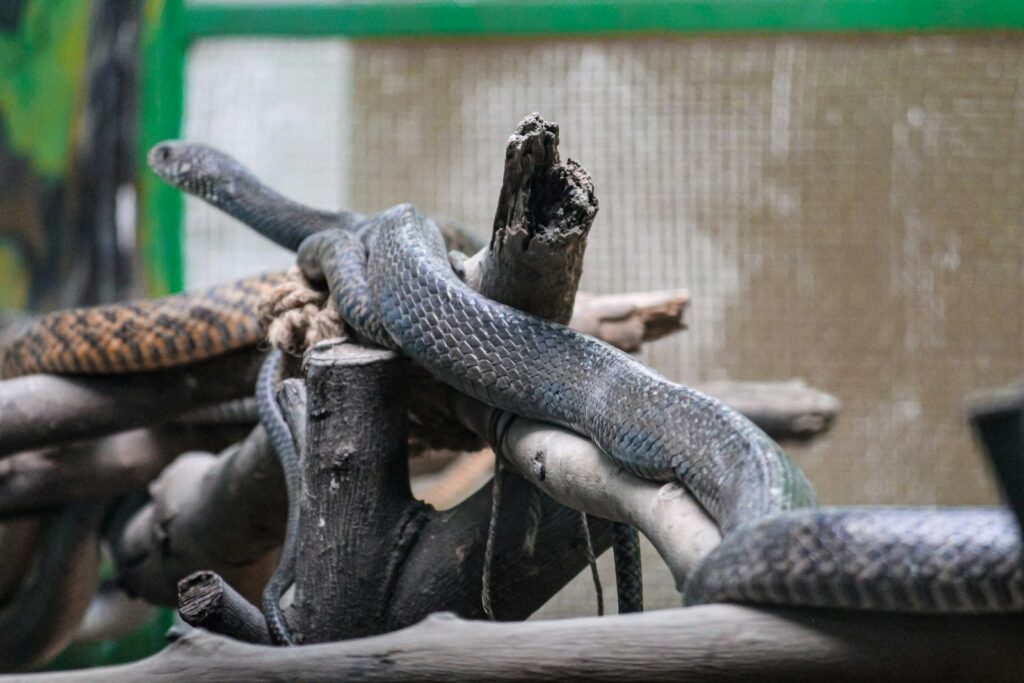
One of the most documented effects of climate change on snake populations is the northward expansion of ranges for many species in temperate regions. Snake species previously limited by cold winter temperatures are now establishing populations in areas that were historically too cool for their survival. For example, in North America, species like the copperhead (Agkistrodon contortrix) and timber rattlesnake (Crotalus horridus) have been documented expanding their territories northward by dozens of miles over recent decades. Scientists tracking these movements have found that milder winters with fewer deep freezes allow snake eggs and juveniles to survive in previously inhospitable areas. This range expansion creates new ecological relationships as snakes enter ecosystems where they were previously absent, potentially affecting prey populations and competing with resident predators for resources.
Altered Seasonal Behaviors and Breeding Cycles

Climate change is significantly disrupting the seasonal timing of critical snake behaviors, particularly in relation to breeding and hibernation cycles. Many snake species rely on consistent seasonal cues to time their emergence from hibernation, mating rituals, and egg-laying or live birth events. Researchers have documented earlier spring emergence in several species, with some snake populations now becoming active weeks earlier than they did just decades ago. These shifts can create dangerous mismatches between snake activities and their environmental conditions or prey availability. For instance, snakes emerging too early may face unexpected cold snaps that can be fatal, while altered breeding timing might mean young are born when food resources are scarce. Long-term studies in places like the United Kingdom have shown adders (Vipera berus) shifting their annual activity cycle by up to three weeks in response to warming temperatures.
Drought Effects on Snake Population Dynamics
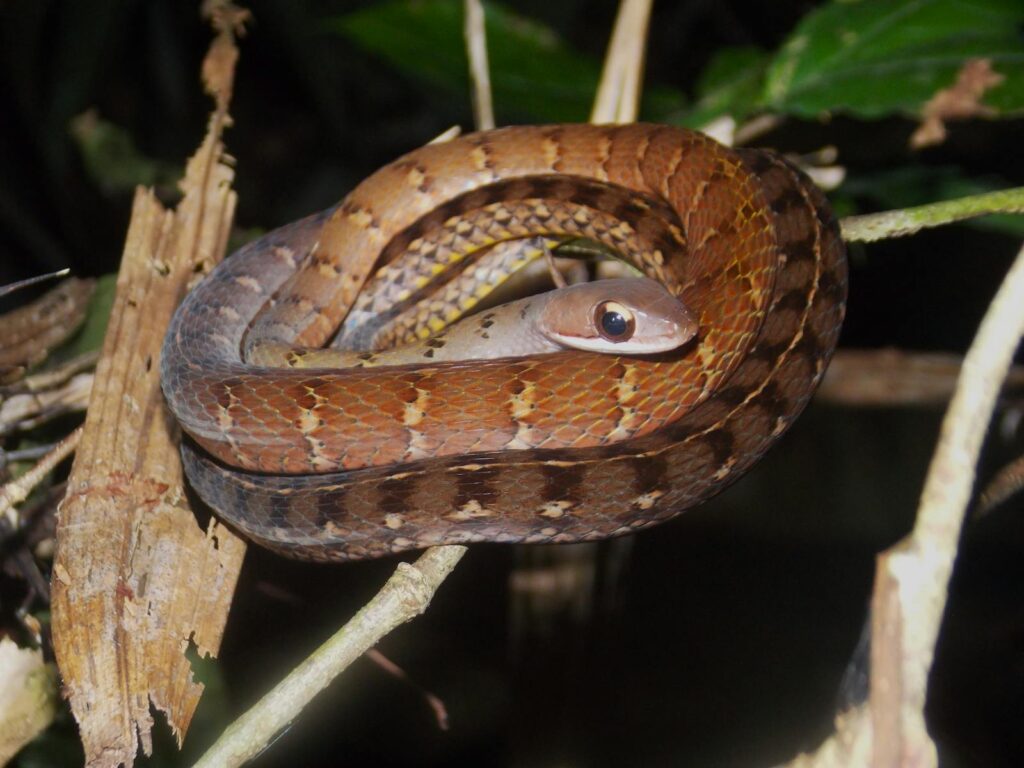
Increased frequency and severity of droughts linked to climate change are dramatically affecting snake habitats and population structures in many regions. These extended dry periods reduce water availability not just for snakes themselves but also for their prey species, creating cascading effects throughout food webs. In drought-affected areas of Australia, researchers have documented declining populations of water-dependent snake species as their aquatic habitats shrink or disappear entirely. Even less water-dependent species suffer indirect effects as their prey base diminishes, leading to reduced reproductive output and increased mortality. These drought conditions can create population bottlenecks where only the most adaptable individuals survive, potentially reducing genetic diversity within species. Some studies have shown that prolonged droughts can alter sex ratios in certain snake species where egg incubation temperatures determine sex, further complicating recovery prospects even after rainfall returns.
Increased Human-Snake Conflicts

Climate-driven habitat shifts are increasing the frequency of human-snake encounters and potential conflicts in many regions worldwide. As snakes move into new territories or urban areas seeking suitable conditions, they increasingly come into contact with human populations unprepared for their presence. In parts of India and Southeast Asia, unusually heavy monsoon rains—intensified by climate change—have driven venomous snake species into villages and homes seeking higher ground, resulting in more snakebite incidents. Similarly, extended heat waves push snakes to seek cooler refuges around human dwellings and water sources. Public health experts have noted concerning trends of snakebite envenomation cases occurring in geographical areas with historically few incidents, catching local healthcare systems unprepared. These novel encounters not only present public health challenges but often result in negative outcomes for the snakes, which may be killed out of fear or precaution.
Effects of Extreme Weather Events on Snake Habitats
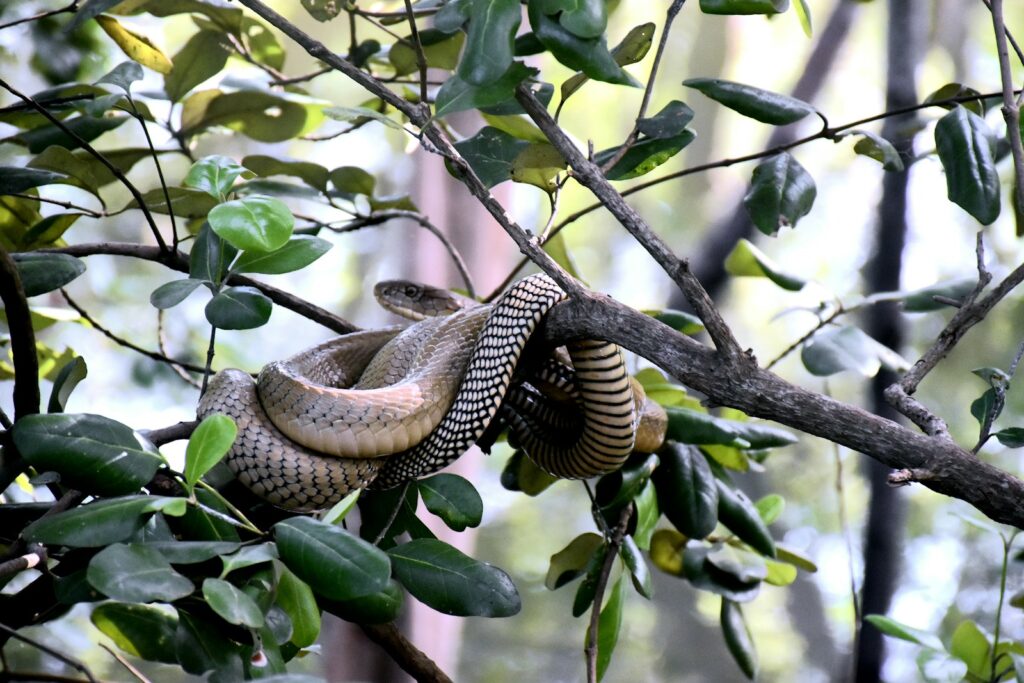
Increasingly frequent extreme weather events like hurricanes, floods, and wildfires are dramatically altering snake habitats, sometimes in a matter of hours. These severe events can physically destroy essential microhabitats such as rock crevices, burrows, or hollow logs that snakes depend on for shelter and temperature regulation. Research following major hurricanes in the southeastern United States has documented significant snake population declines in affected coastal areas, with recovery sometimes taking many years. Similarly, intense wildfires that burn hotter and cover larger areas than historical natural fires can eliminate entire snake communities from a region. The aftermath of these extreme events often creates fragmented landscapes where surviving snake populations become isolated from one another, reducing gene flow and potentially leading to local extinctions. Even those snake species that survive the immediate impacts may face long-term challenges as the habitat structure and prey availability are fundamentally altered.
Species-Specific Vulnerabilities and Adaptations
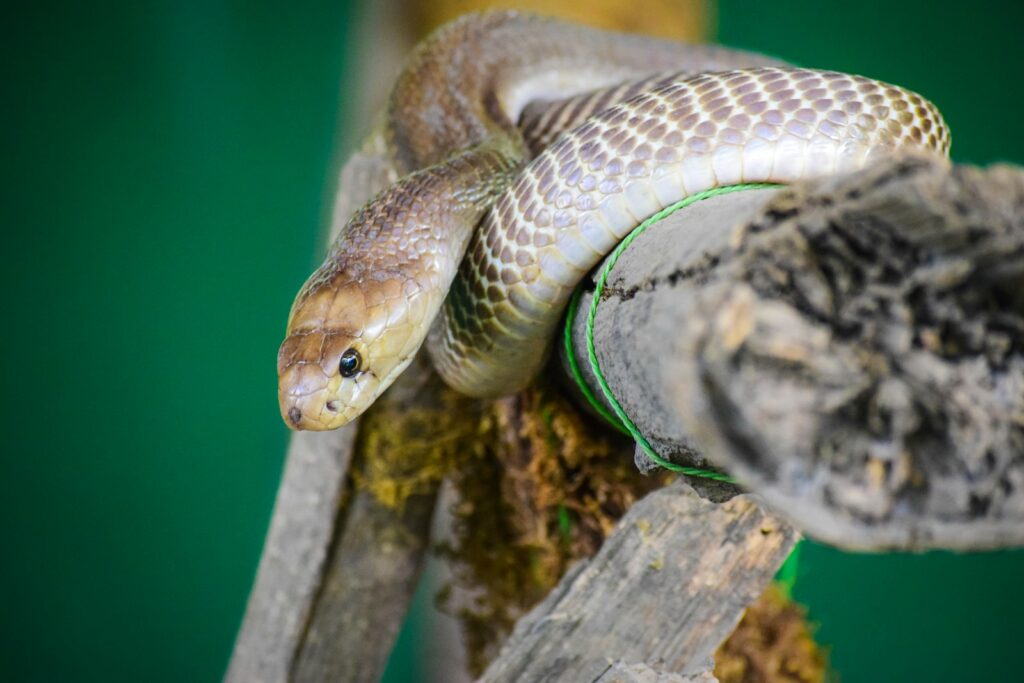
Not all snake species are equally vulnerable to climate change, with some showing remarkable adaptability while others face serious threats to their survival. Highly specialized species with specific habitat requirements or narrow temperature tolerances typically face the greatest risks from rapidly changing conditions. For example, mountain-dwelling vipers in Europe with restricted elevation ranges may have nowhere to go as warming temperatures push their suitable habitat zone beyond mountain peaks. In contrast, generalist species like many rat snakes that can thrive across various habitat types and temperature ranges often show greater resilience to environmental changes. Research on genetic adaptations suggests some snake populations are evolving in response to climate pressures, with scientists documenting shifts in thermal preference genes in certain species. These differing vulnerabilities mean climate change will likely reshape snake community composition, potentially favoring adaptable generalist species over specialists.
Climate Change and Snake Diseases
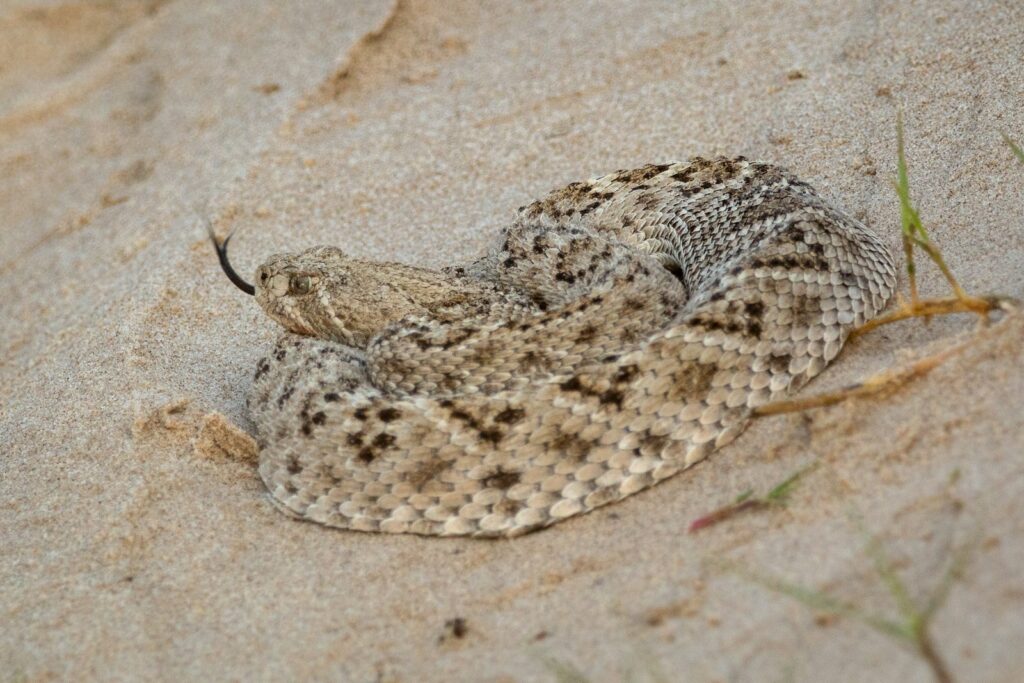
Emerging evidence suggests climate change may be altering the dynamics of diseases affecting snake populations worldwide. Warmer temperatures can extend the active seasons of pathogens and parasites while potentially weakening snake immune responses due to thermal stress. Snake fungal disease (SFD), caused by the pathogen Ophidiomyces ophiodiicola, has emerged as a significant threat to many snake species in North America and Europe, with researchers investigating potential links between its spread and changing climate conditions. Higher temperatures and humidity levels in previously cooler regions may create more favorable conditions for fungal growth and persistence in the environment. Climate-related stress may also make snakes more susceptible to existing diseases by compromising their immune function. These disease dynamics add another layer of complexity to conservation efforts, as managers must now consider how climate change might influence pathogen-host relationships in addition to direct habitat effects.
Island Snake Populations Under Threat
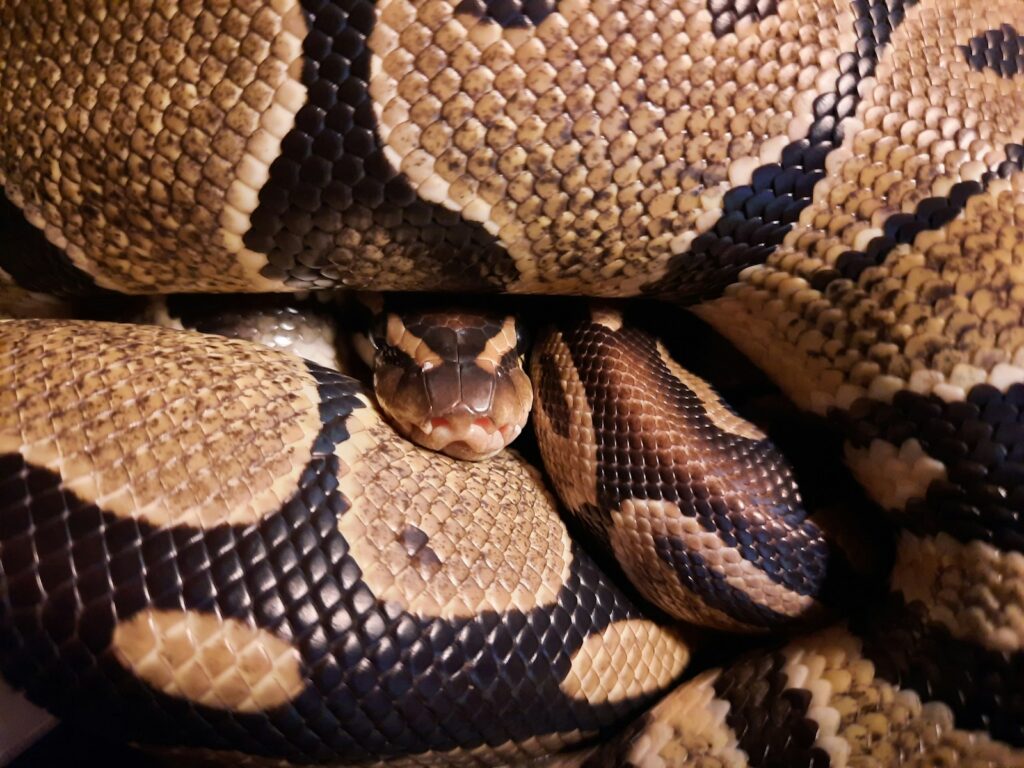
Island-dwelling snake populations face particularly acute challenges from climate change, with sea level rise and increased storm intensity threatening their limited habitats. These isolated populations often have nowhere to retreat as rising waters inundate coastal lowlands or as salt water intrusion alters freshwater resources. The Lake Erie water snake (Nerodia sipedon insularum), which inhabits small islands in the Great Lakes, exemplifies these vulnerabilities as its shoreline habitat faces both warming waters and changing water levels. For island endemics like the Antiguan racer (Alsophis antiguae), one of the world’s rarest snakes, the loss of even small habitat areas to climate impacts could be catastrophic for the entire species. The isolation that has driven the evolution of these unique island snake species now works against them, limiting their ability to disperse to new areas as conditions change. Conservation efforts for these populations increasingly involve habitat restoration and management specifically designed to buffer against climate impacts.
Changing Predator-Prey Dynamics
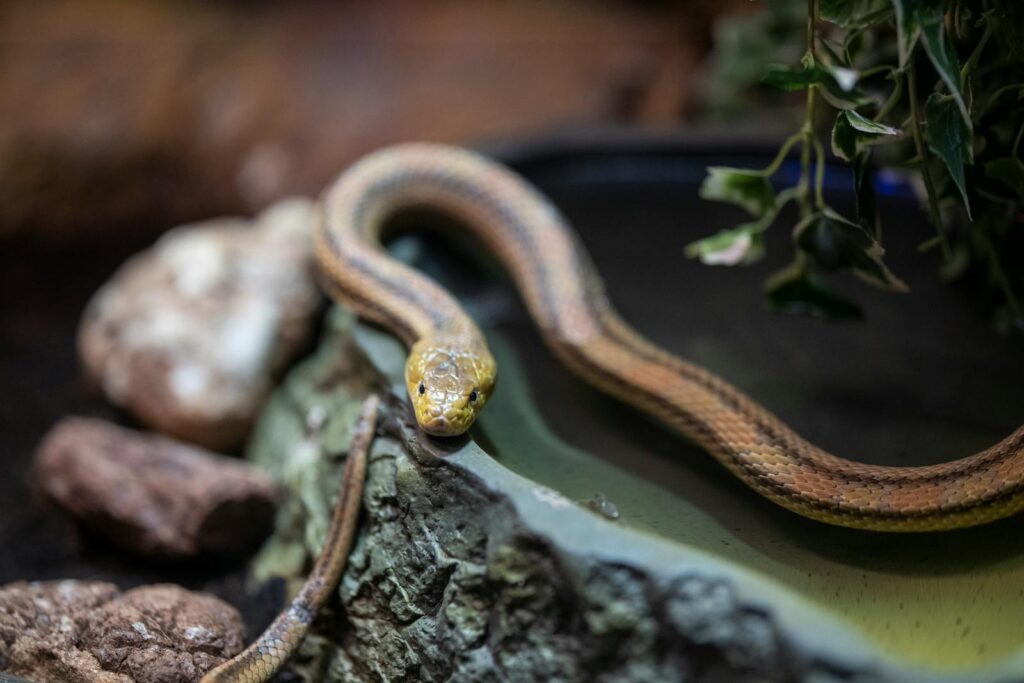
Climate change is reconfiguring predator-prey relationships involving snakes, creating new ecological interactions with uncertain outcomes. As snake ranges shift, they may encounter novel prey species or find traditional prey becoming scarce due to different climate sensitivities. Research in wetland systems has shown that altered rainfall patterns can affect amphibian breeding success, in turn impacting the food availability for snake species that specialize in eating frogs and their eggs. Conversely, snake population changes affect their own predators and the species they typically prey upon, creating ripple effects throughout food webs. Some studies suggest that certain snake species might benefit from climate-driven increases in prey like rodents, which may experience population booms following mild winters or good seed production years. These shifting dynamics highlight the complexity of predicting how climate change will ultimately affect ecological communities where snakes play critical roles as both predators and prey.
Conservation Challenges and Strategies
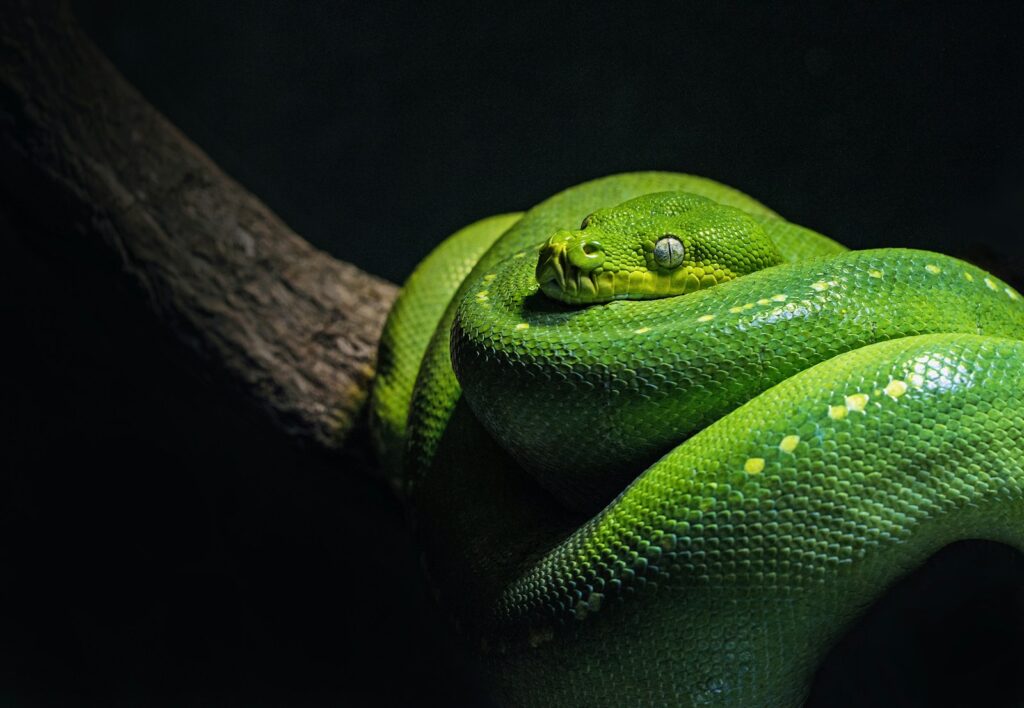
Conserving snake populations in the face of climate change presents unique challenges that require innovative approaches and widespread collaboration. Traditional conservation strategies focused on protecting static habitat reserves may prove insufficient as suitable climate conditions shift beyond protected area boundaries. Forward-thinking conservation plans now incorporate climate connectivity—ensuring that snake populations can move through landscape corridors to track their preferred conditions as they shift geographically. Assisted migration, where snakes are deliberately relocated to areas predicted to become suitable habitat, remains controversial but is being considered for certain highly threatened species. Conservation geneticists are studying adaptive capacity in snake populations, trying to identify and potentially protect individuals with genetic traits that might confer greater resilience to changing conditions. Efforts to reduce non-climate stressors like habitat fragmentation, pollution, and persecution may give snake populations the best chance to adapt naturally to changing conditions by maintaining genetic diversity and population health.
Research Gaps and Future Directions
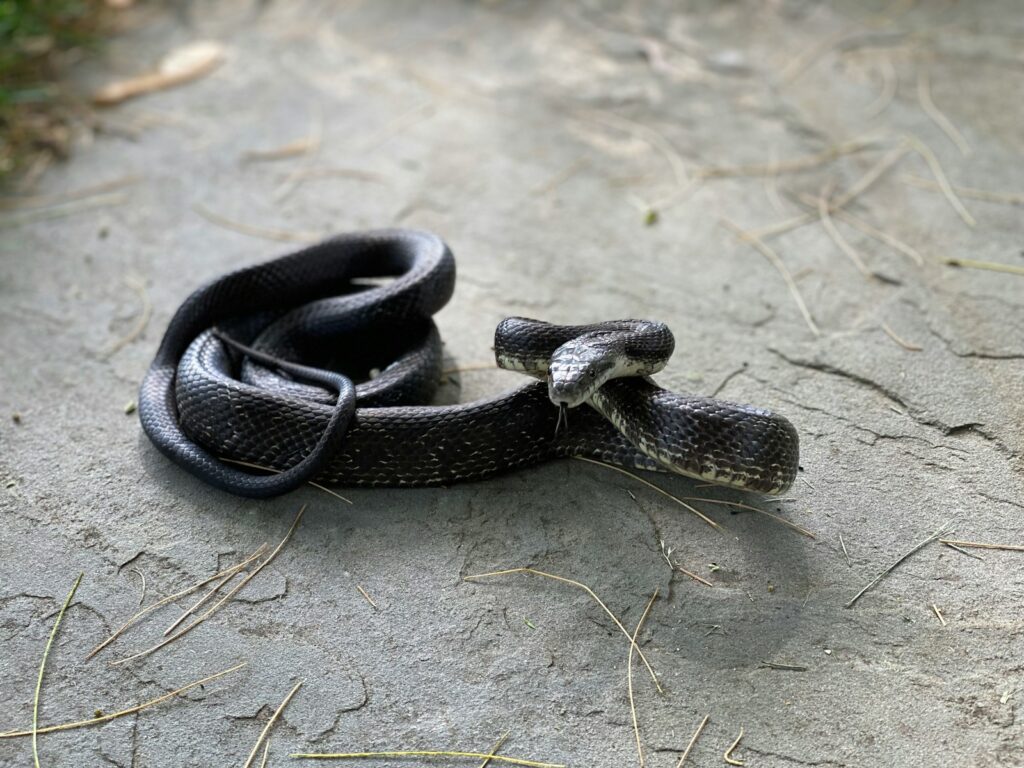
Despite growing awareness of climate change impacts on snakes, significant knowledge gaps remain that hinder effective conservation planning. Many regions lack baseline data on snake distributions and population trends, making it difficult to document changes or develop accurate predictive models. Long-term monitoring programs that track the same snake populations over decades are relatively rare but provide invaluable insights when available. Researchers are increasingly calling for standardized monitoring protocols that would allow data comparison across regions and species. More research is needed on the physiological tolerance limits of different snake species, as well as their potential for behavioral and genetic adaptation to changing conditions. Technological advances in tracking methods, such as miniaturized GPS and accelerometer tags, are making it possible to gather detailed data on how individual snakes respond to environmental variability. These research priorities highlight the need for continued investment in both basic and applied snake ecology studies to inform climate-responsive conservation strategies.
Cultural and Economic Implications

The shifting ranges and behaviors of snakes due to climate change carry significant cultural and economic implications beyond their ecological impacts. In many regions, venomous snakes represent both public health concerns and important cultural symbols, with changing distributions potentially disrupting established human-snake relationships. Some Indigenous communities with traditional knowledge about local snake species face challenges as these patterns change, affecting cultural practices and potentially valuable ecological knowledge developed over generations. From an economic perspective, increased snakebite risk in new areas can strain healthcare systems unprepared for envenomation cases, while agricultural impacts may occur as beneficial snake species that control rodent pests shift their ranges. The snake trade—both legal (for pets, research, and medicine) and illegal—may also be affected as wild populations respond to climate pressures. These intersections between snake range shifts and human societies highlight the need for interdisciplinary approaches that consider not just ecological factors but also social, cultural, and economic dimensions of changing snake distributions.
Conclusion

As our climate continues to change, snake populations around the world are confronting multiple challenges that are reshaping their distribution, behavior, and even their very survival. These reptiles, with their specialized thermal biology and important ecological roles, serve as sensitive indicators of broader ecosystem changes occurring globally. The shifts we observe in snake habitats today—from range expansions to altered seasonal behaviors and changing disease dynamics—reflect just the beginning of more profound transformations likely to unfold in coming decades. While some adaptable species may find new opportunities in a warming world, many others face uncertain futures as they encounter multiple stressors simultaneously. By understanding these complex responses and implementing forward-thinking conservation strategies, we have the opportunity to help maintain healthy snake populations and the ecological services they provide, even in a rapidly changing world.

